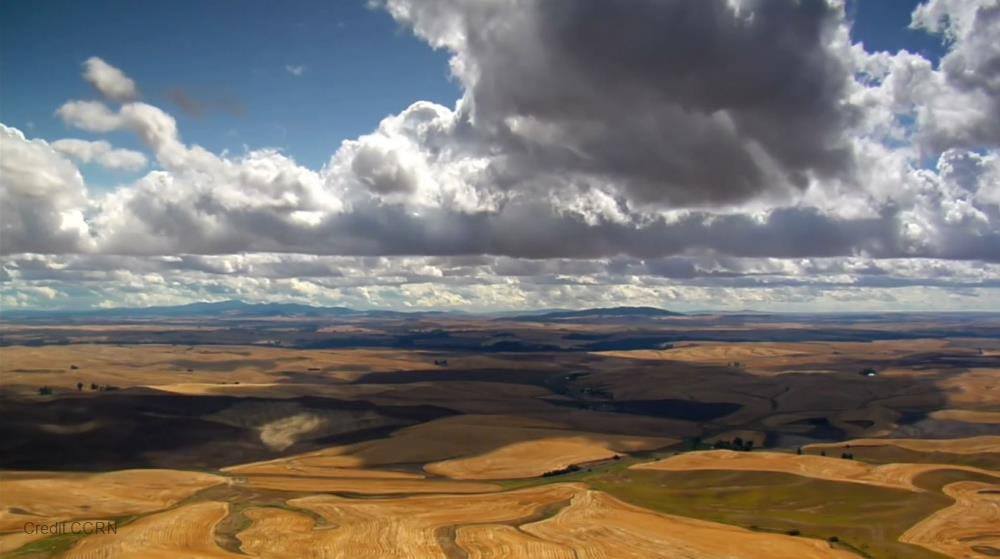
Related items loading ...
Section 1: Publication
Publication Type
Thesis
Authorship
Grunsky, Anna C
Title
Geochemical controls on uranium and arsenic in Yukon groundwater
Year
2024
Publication Outlet
MacSphere Open Access Dissertations and Theses
DOI
ISBN
ISSN
Citation
Grunsky, Anna C (2024) Geochemical controls on uranium and arsenic in Yukon groundwater, MacSphere Open Access Dissertations and Theses,
https://hdl.handle.net/11375/29749
Abstract
Uranium and arsenic are naturally occurring metal(loid)s that pose a threat to groundwater security on a global scale. The Yukon is a territory in the subarctic Canadian Cordillera, where 97% of inhabitants rely on groundwater for drinking water and domestic use. The climate of the Yukon is warming at nearly four times faster than the global average, and permafrost thaw and changing precipitation patterns threaten the safety of groundwater. The purpose of this research is to investigate the spatial distribution and sources of geogenic uranium and arsenic in Yukon groundwaters, determine the geochemical mechanisms that control the mobility of uranium and arsenic, and assess potential impacts of climate change on uranium and arsenic mobility. 129 wells across the Yukon were sampled and analyzed. Uranium concentrations greater than half the Maximum Acceptable Concentration (MAC) were found primarily in felsic-intermediate and high-grade metamorphic fractured bedrock aquifers near sulphide-mineral ores, and overlying unconsolidated sediment aquifers. The formation of stable calcium-carbonato-uranyl complexes in primarily oxidizing groundwaters controlled the mobility of uranium. Arsenic concentrations greater than half the MAC were found in unconsolidated aquifers and in association with sulphide-mineral ores in fractured bedrock aquifers. Reductive dissolution of iron-(oxyhydr)oxides and competition with carbonate for sorption sites influenced arsenic concentrations. Sulphide-mineral oxidation was an additional control on arsenic mobility in fractured bedrock aquifers. Arsenic and uranium frequently co-occurred in samples from wells in fractured bedrock aquifers despite their differing redox geochemistry, likely due to wells drawing from multiple discrete fractures during sampling and their shared association with sulphide-mineral oxidation. Projected permafrost thaw will change hydrology and geochemistry of Yukon groundwaters, with uncertain outcomes for arsenic and uranium mobility.
Plain Language Summary


 GWFNet
GWFNet Master
Master Data
Data Research
Research Map
Map
 Advanced
Advanced Tools
Tools
 . . .
. . .
 Metadata Editor
Metadata Editor
 Record List
Record List
 Alias List Editor
Alias List Editor
 Legacy sites
Legacy sites